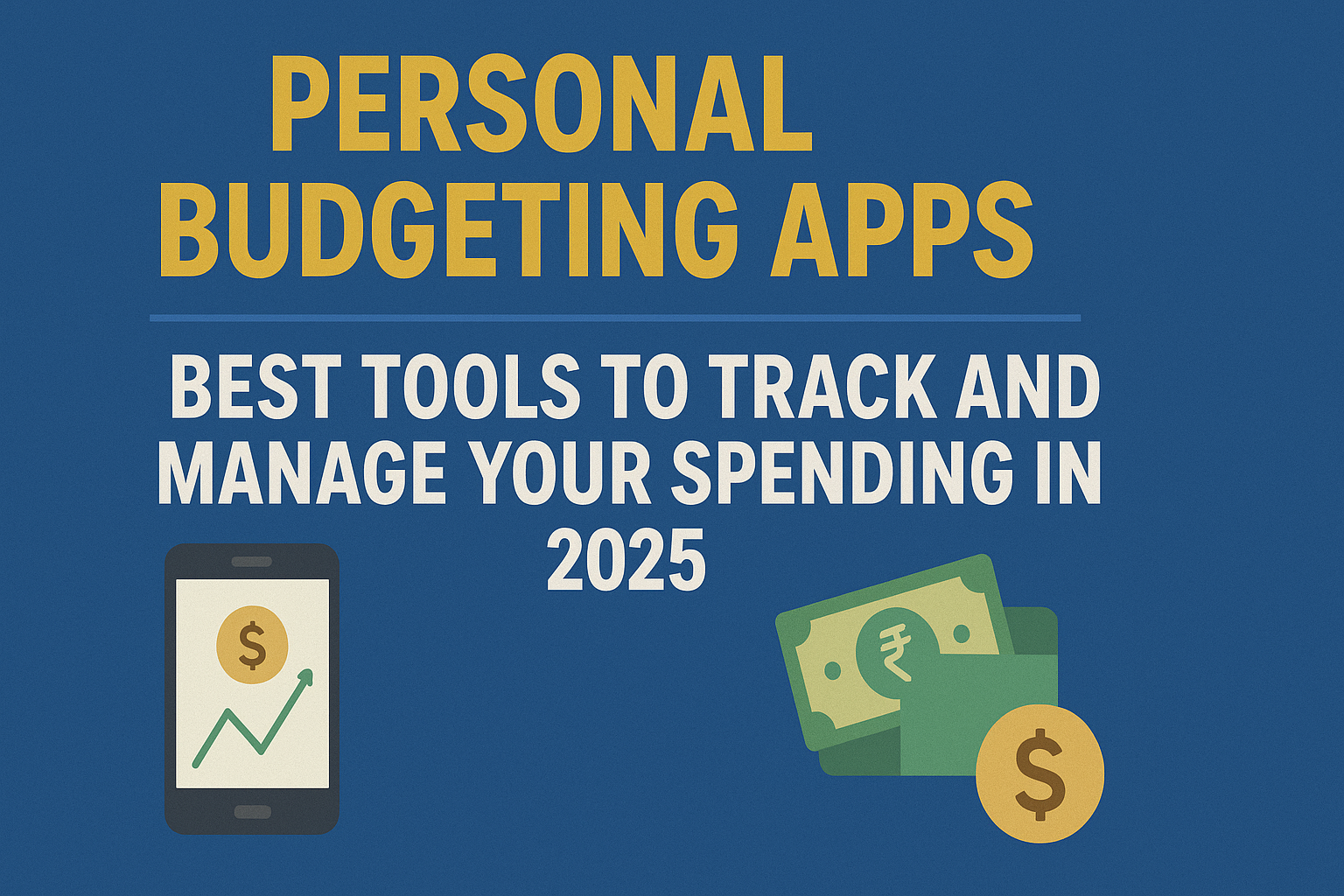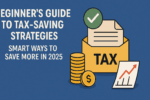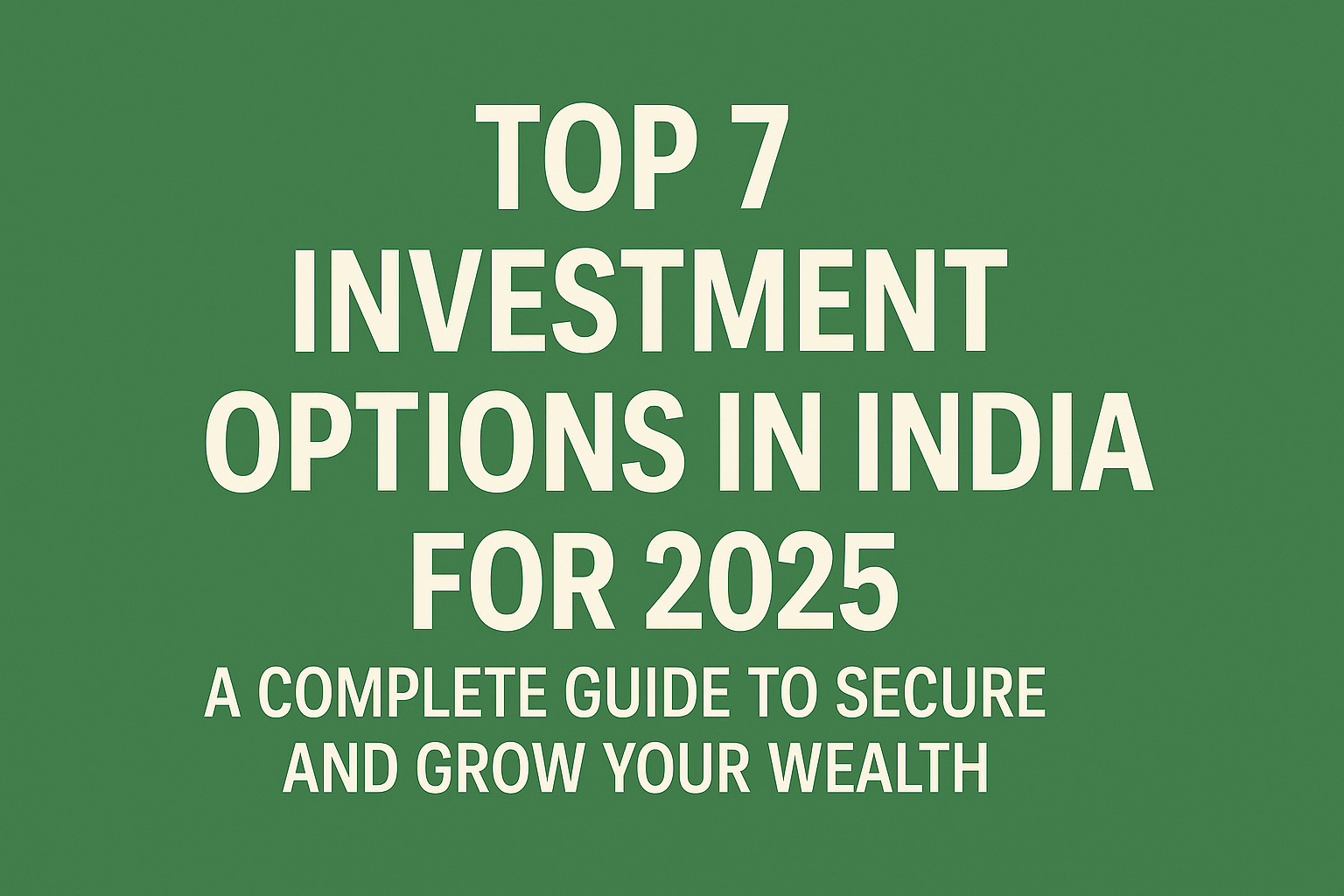Managing money wisely has become more important than ever. With increasing expenses, lifestyle demands, and financial goals, keeping track of where your money goes each month can be challenging. This is where personal budgeting apps come in handy. They not only help you monitor income and expenses but also provide insights into spending habits, assist with savings, and keep your financial life organized.
In this article, we review some of the most popular budgeting apps available in India and internationally—such as Walnut, Money View, and Mint—and explore how they can make personal finance simple and effective.
Why Use a Personal Budgeting App?
Before diving into the apps, let’s understand why budgeting tools are so useful:
- Automated Expense Tracking: Apps sync with your SMS, bank accounts, or cards to record transactions automatically.
- Budget Management: Set monthly spending limits and track categories like food, rent, transport, or entertainment.
- Financial Insights: Apps generate reports and charts to help you understand your spending patterns.
- Savings Goals: Some apps let you set goals like buying a gadget, planning a trip, or building an emergency fund.
- Debt Management: They can remind you of EMIs, credit card bills, or loan repayments.
With these benefits, budgeting apps act like a personal finance assistant in your pocket.
1. Walnut
Overview:
Walnut is one of the most popular Indian expense tracker apps. It automatically reads SMS notifications from your bank and credit cards to track spending.
Features:
- Tracks expenses across multiple accounts without manual input
- Splits bills with friends and family
- Monthly reports with categorized spending analysis
- Bill reminders for credit cards and utilities
Why It Works:
Walnut reduces the effort of manual entry. By automatically reading SMS transaction alerts, it ensures your budget stays accurate. It is especially useful for individuals who use multiple bank accounts and cards.
2. Money View
Overview:
Money View is another widely used personal finance app in India, known for its user-friendly design and budget management tools.
Features:
- Categorizes expenses automatically
- Customizable budgets with alerts when you overspend
- Bill payment reminders
- Credit score monitoring within the app
Why It Works:
Money View is great for individuals who want an all-in-one solution. Apart from tracking expenses, its integration with credit score monitoring makes it stand out. It also helps users keep track of small day-to-day expenses that often go unnoticed.
3. Mint (International)
Overview:
Mint, a global favorite, is a free budgeting app from Intuit (makers of QuickBooks and TurboTax). Although designed mainly for the US, it inspires many Indian alternatives.
Features:
- Connects directly with bank accounts, credit cards, and loans
- Tracks spending and categorizes automatically
- Provides credit score updates
- Offers personalized tips to save money
Why It Works:
Mint is considered one of the best because of its comprehensive view of finances. It is especially useful for users abroad who want all accounts, bills, and budgets in one place.
4. ET Money
Overview:
ET Money is not just a budgeting app but also an investment platform. It helps you track expenses and also plan investments.
Features:
- Automatic expense categorization
- Tracks mutual fund investments
- Tax-saving calculators
- Monthly budget planner
Why It Works:
For Indian users looking for a mix of expense tracking and wealth management, ET Money provides a single platform. It’s ideal for beginners who want to start budgeting and investing together.
5. YNAB (You Need a Budget)
Overview:
YNAB is a premium budgeting app known for its “zero-based budgeting” method, where every rupee is assigned a purpose.
Features:
- Goal setting and detailed expense categorization
- Real-time syncing across devices
- Debt payoff planning
- Financial education resources
Why It Works:
YNAB is ideal for people serious about budgeting. It goes beyond tracking to actively change spending behavior. Though it requires a subscription, many users find it worth the investment.
6. Goodbudget
Overview:
Goodbudget uses the traditional “envelope budgeting system” in digital form, where money is allocated to different spending categories in advance.
Features:
- Envelope-based budgeting for categories like food, rent, savings
- Syncs across multiple devices
- Easy-to-use interface
- Useful for couples or families
Why It Works:
Goodbudget is excellent for those who want structured discipline in budgeting. It’s especially helpful for families managing shared expenses.
Tips for Choosing the Right Budgeting App
- Ease of Use: Choose an app that requires minimal manual entry.
- Data Security: Make sure the app uses encryption to protect sensitive financial information.
- Customization: The best apps let you create categories based on your lifestyle.
- Extra Features: Look for add-ons like bill reminders, credit score tracking, or investment planning.
- Cost: While some apps are free, premium apps may offer advanced tools worth paying for.
Final Thoughts
Personal budgeting apps have revolutionized how we manage money. Whether you want a simple expense tracker like Walnut, a detailed budget planner like Money View, or a global tool like Mint, there’s something for every financial need. Advanced apps such as YNAB and Goodbudget provide structured approaches, while ET Money bridges budgeting and investments.
also read:Step-by-Step Guide to Apply for a Personal Loan Online in 2025
Ultimately, the best app is the one that fits your lifestyle, financial goals, and discipline level. By consistently tracking expenses and sticking to a budget, you can save more, reduce debt, and achieve long-term financial stability.






